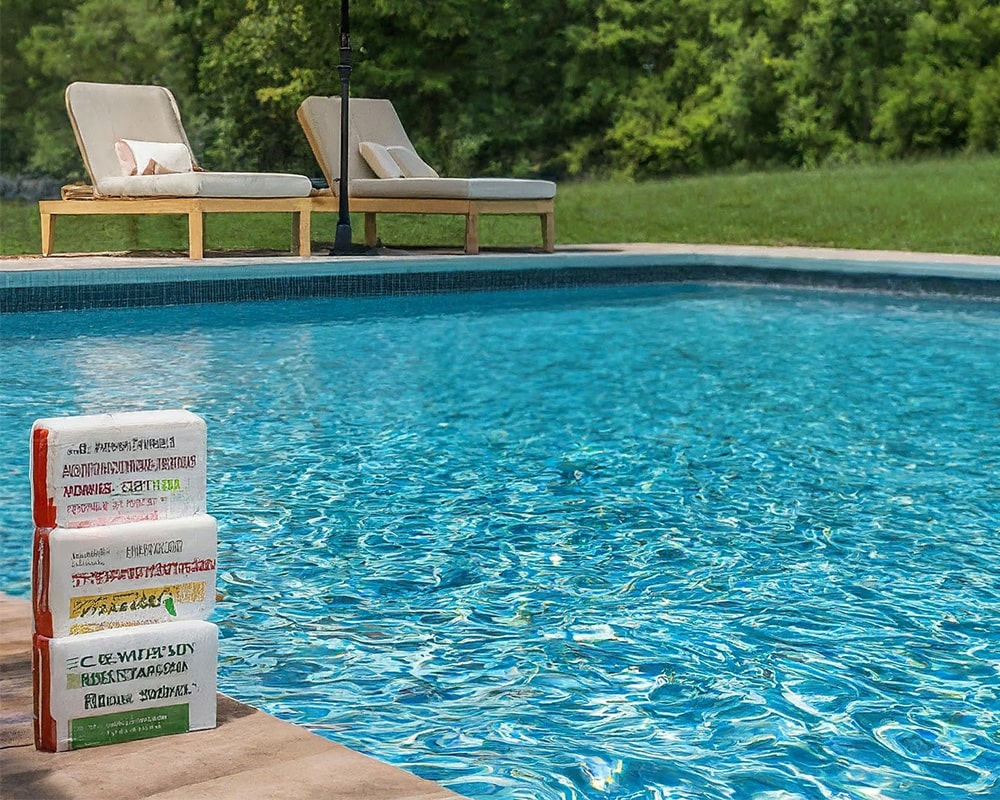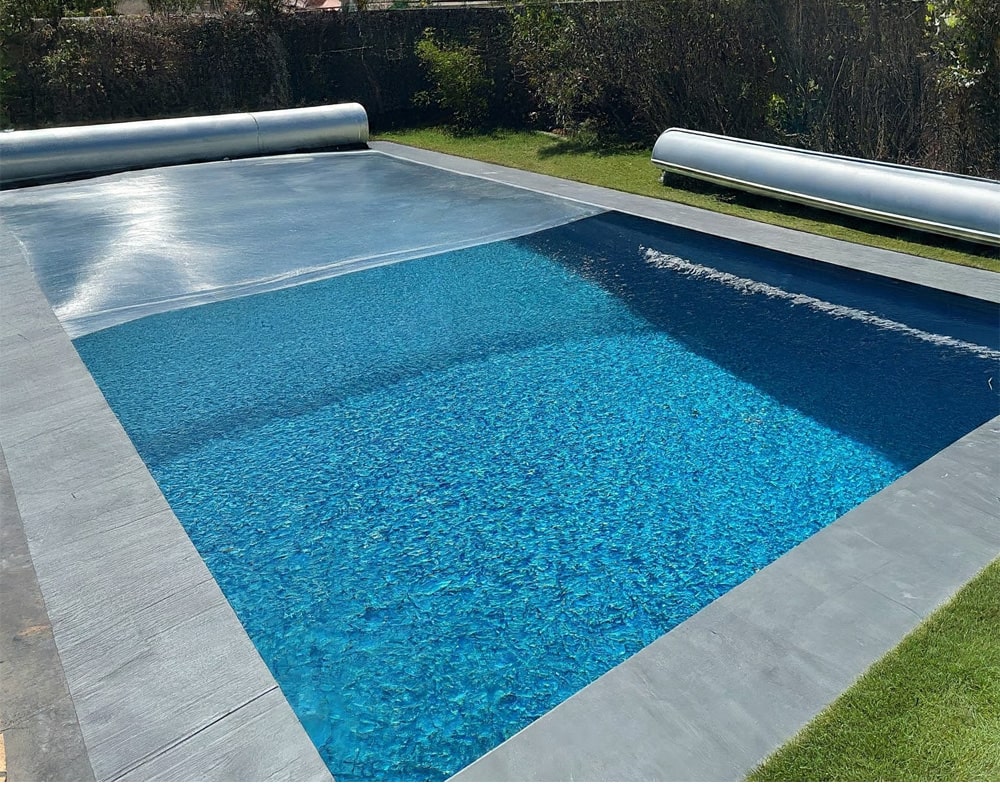8 Ways to Swim Safer this Summer
Posted: May 12, 2022Swimming pools provide joy, relaxation, and entertainment to families across the globe, but it is important to be aware of the dangers surrounding pools so that we can prevent accidents that keep that joy, relaxation, and entertainment from continuing. 390 deaths a year on average are attributed to drowning in a swimming pool or spa and as pool owners we should do all we can to lower that number year by year and keep our own pools from adding to the statistic.
While safety is rarely fun, it is essential to having fun in our pools. So let’s go over a few rules you’ve heard before, some you probably haven’t, and we will see what twists we can add to make pool safety fun!
1. Designate a “Water Watcher”
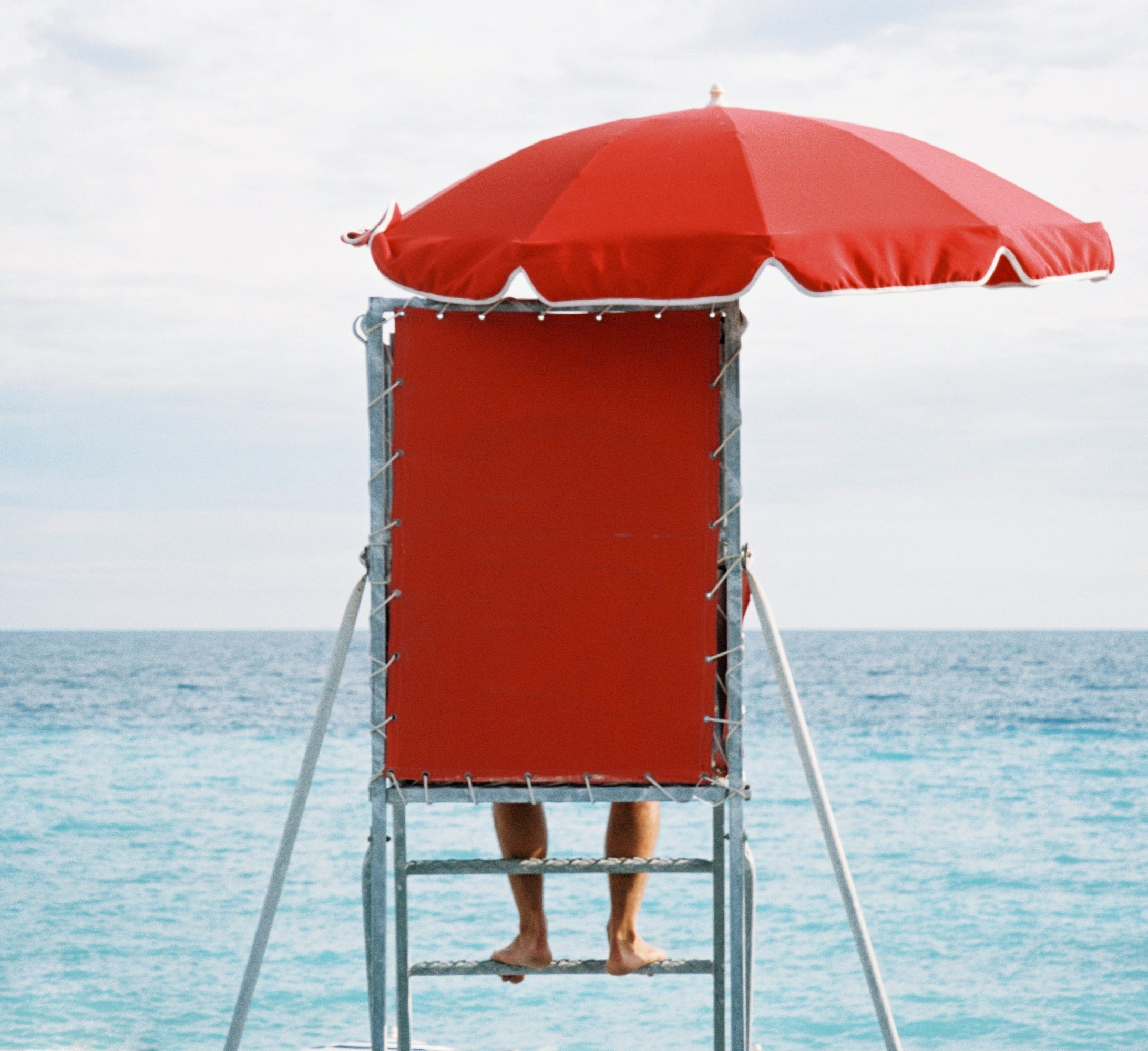
As any parent will tell you, children can move faster than lighting when you aren’t watching them, and that’s usually when they are going to do something dangerous. 69% of young children who drown were not expected to be in or near water at all. A watchful eye is the best first defense against water accidents.
If children are swimming in the pool, designate one of the adults to be the “water watcher” that keeps a close eye and stays within arms reach of the swimming kids at all times. You can have different adults take shifts being the “Water Watcher” for the kids and can even make it a game. Feel free to change the “Water Watcher” title to “The Water Guardian”, “The Great Water Dragon” or whatever fun ideas you might have. Have the “Water Watcher” play and interact with the kids during their “shift” and you can even make other adults bring the Water Watcher snacks and drinks as reward for making sure their kids are supervised.
2. If a Child is Missing, Check the Water First

Most of the time drownings occur, children were not expected to be at or in the water. Unfortunately what happens a lot of the time drownings happen, is that while the parents are inside occupied with an activity, the child will go outside of the home and enter the pool without the parents noticing. Obviously the parents expect the child is still in the house, and look for them while the child is trapped in the water.
If you own a pool and notice your child is missing, you should first sprint out to the pool and check the water before looking elsewhere. You can also consider investing in a pool alarm system that will alert you if any child or pet enters the pool while it’s not supposed to be used.
3. Secure Your Pool with Appropriate Barriers
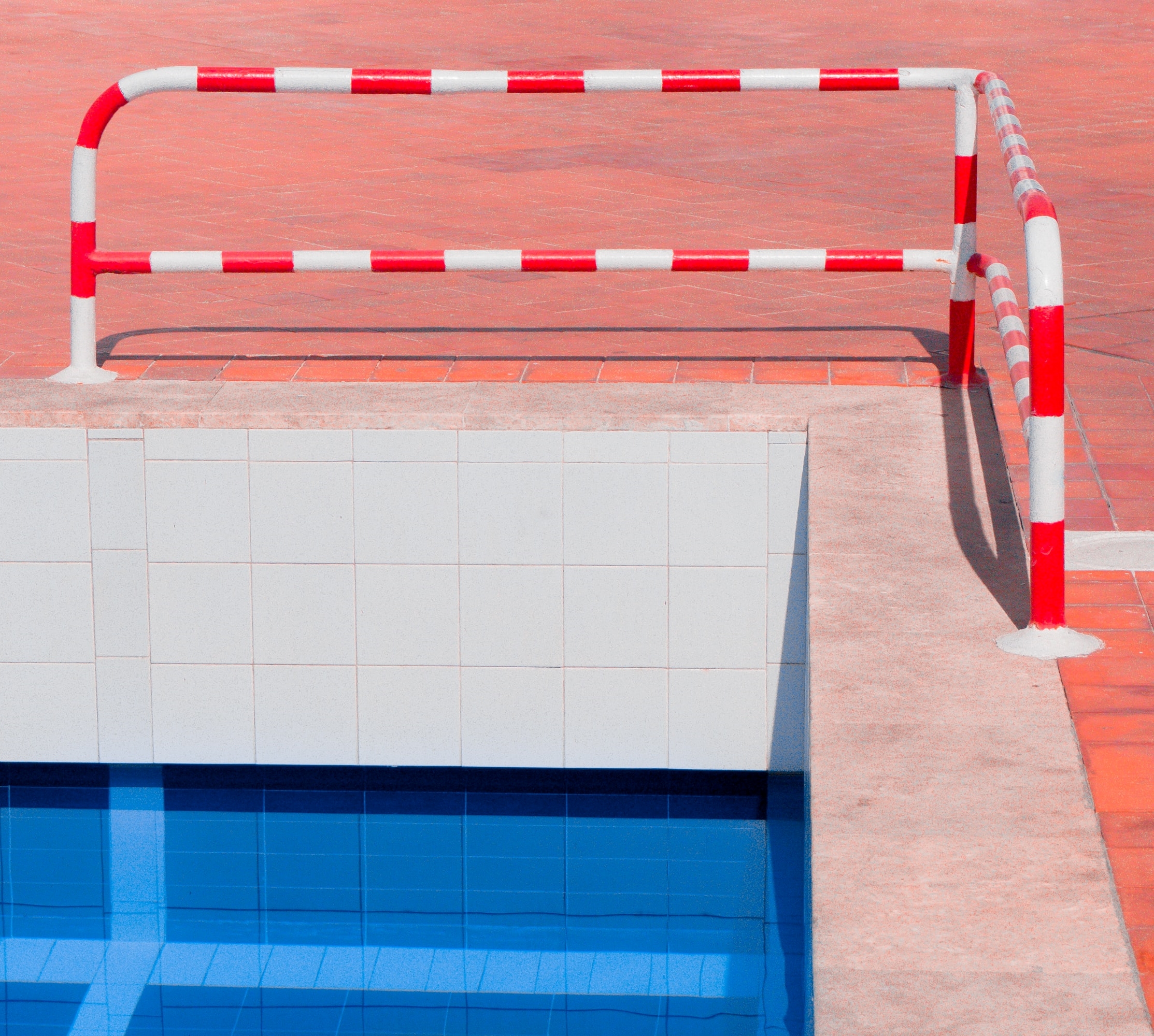
This is one that most people will have covered. Your city most likely has laws in place that require specific fencing and barrier to entry be established for new pool builds. But if you for some reason aren’t up to code or don’t have appropriate barriers around your pool, now is that time to do so! The cost of adding the required fencing and appropriate barriers is peanuts compared to what you could be paying if you are found liable for someone being injured or worse in your pool. Here are some ways to secure your pool when not in use
- Completely surround your pool with four-sided isolation fencing with a self-closing and self-latching gate that is out of reach of a child
- A four-sided isolation fence (separating the pool area from the house and yard) reduces a child’s risk of drowning 83% compared to three-sided property-line fencing
- For above-ground pools, secure, lock or remove steps, ladders and anything that can be used for access (such as outdoor furniture and toys) whenever the pool is not being actively supervised by an adult
4. Establish and Enforce Rules and Safe Behaviors

As an adult, you can know every safety rule and guideline and still be up a creek without a paddle if your swimmers don’t comply with said safety implementations. Take the time to teach your swimmers proper swimming safety, and make sure they are following the rules when they do swim. Here are some safety rules to teach your swimmers
- Do not enter head first unless in a pool that has a safe diving area
- Stay away from drains and other openings that cause suction
- Swim with a buddy
- Only swim when supervised by a water watcher
5. Ensure Every Member of Your Family Learns how to Swim
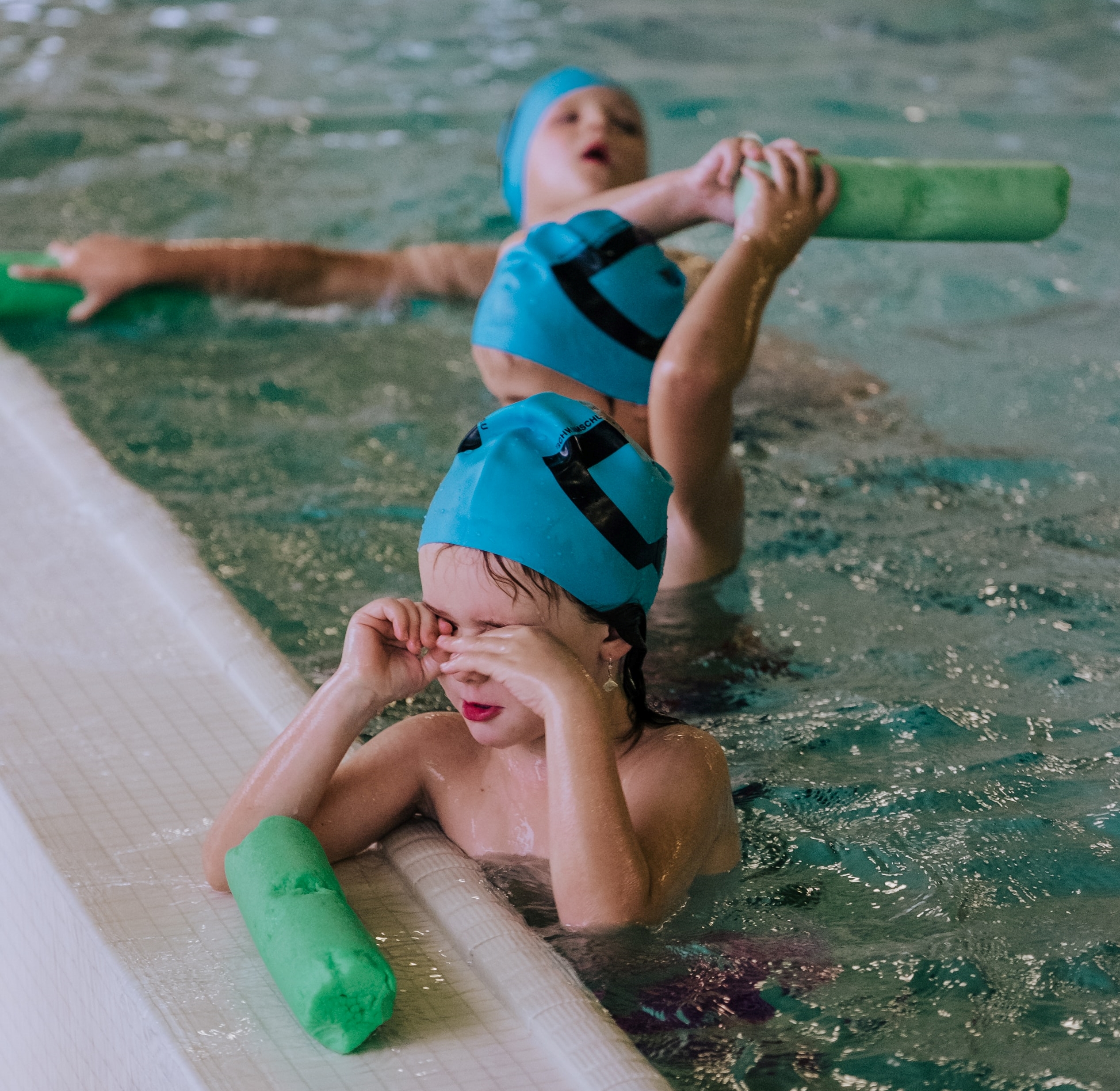
Learning how to swim is an important life skill that isn’t being taught as much as it used to be, and while most can hop in the pool and tread water or just hang out in the shallow end, it is important that kids as well as adults achieve water competency and are able to enter the water, get a breath, stay afloat, change position, swim a distance and then exit the water safely without issue. If the parents aren’t fully swim competent, this could be a great time for the whole family to take a swimming class!
6. Know what to do in a Water Emergency
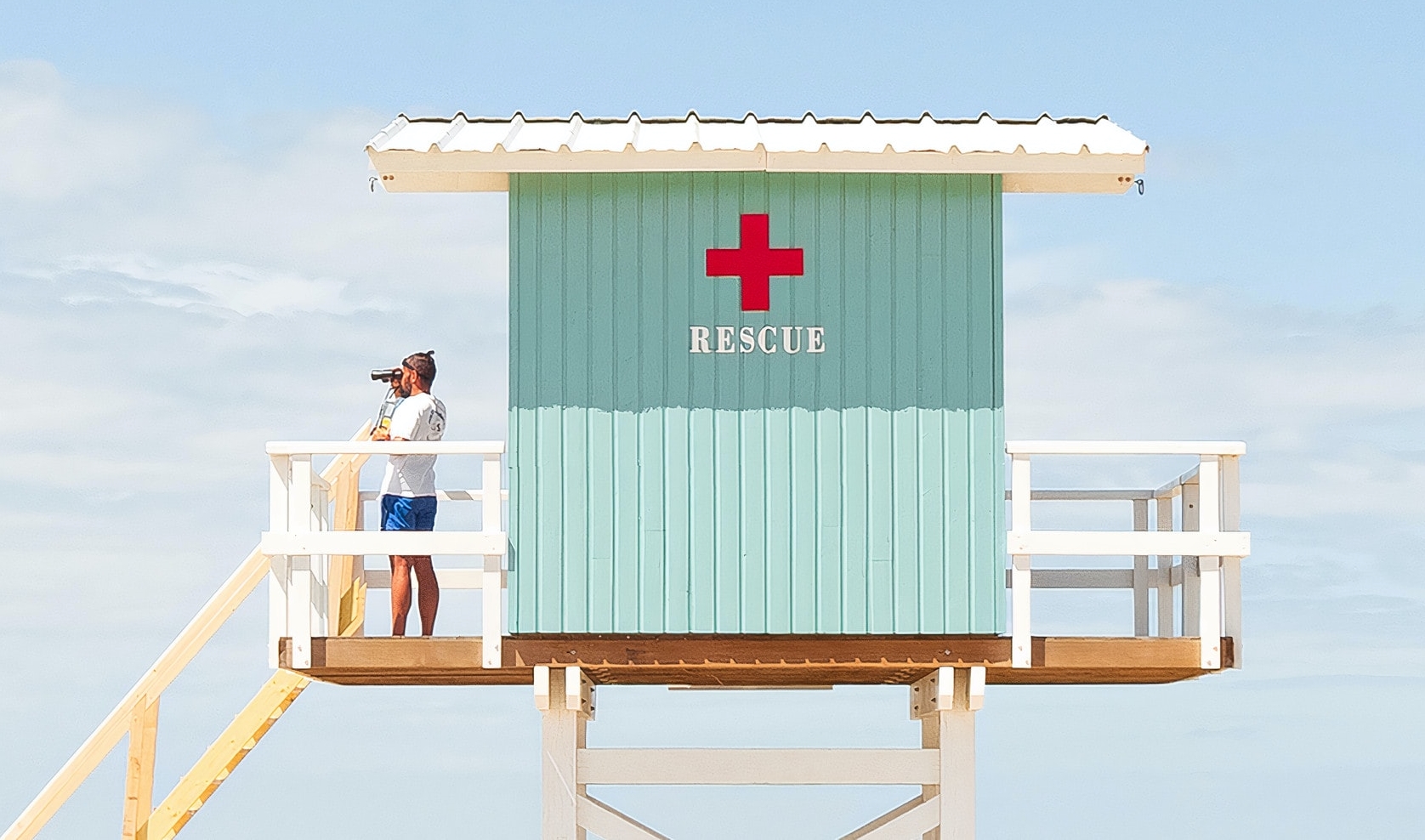
If preventative measures fail, and an accident does occur, you should be prepared. Take the time to learn how to:
- Recognize the signs of someone in trouble and shout for help
- Rescue and remove the person from the water (without putting yourself in danger)
- Ask someone to call emergency medical services (EMS). If alone, give 2 minutes of care, then call EMS
- Begin rescue breathing and CPR
- Use an AED if available and transfer care to advanced life support
7. Use Sunscreen
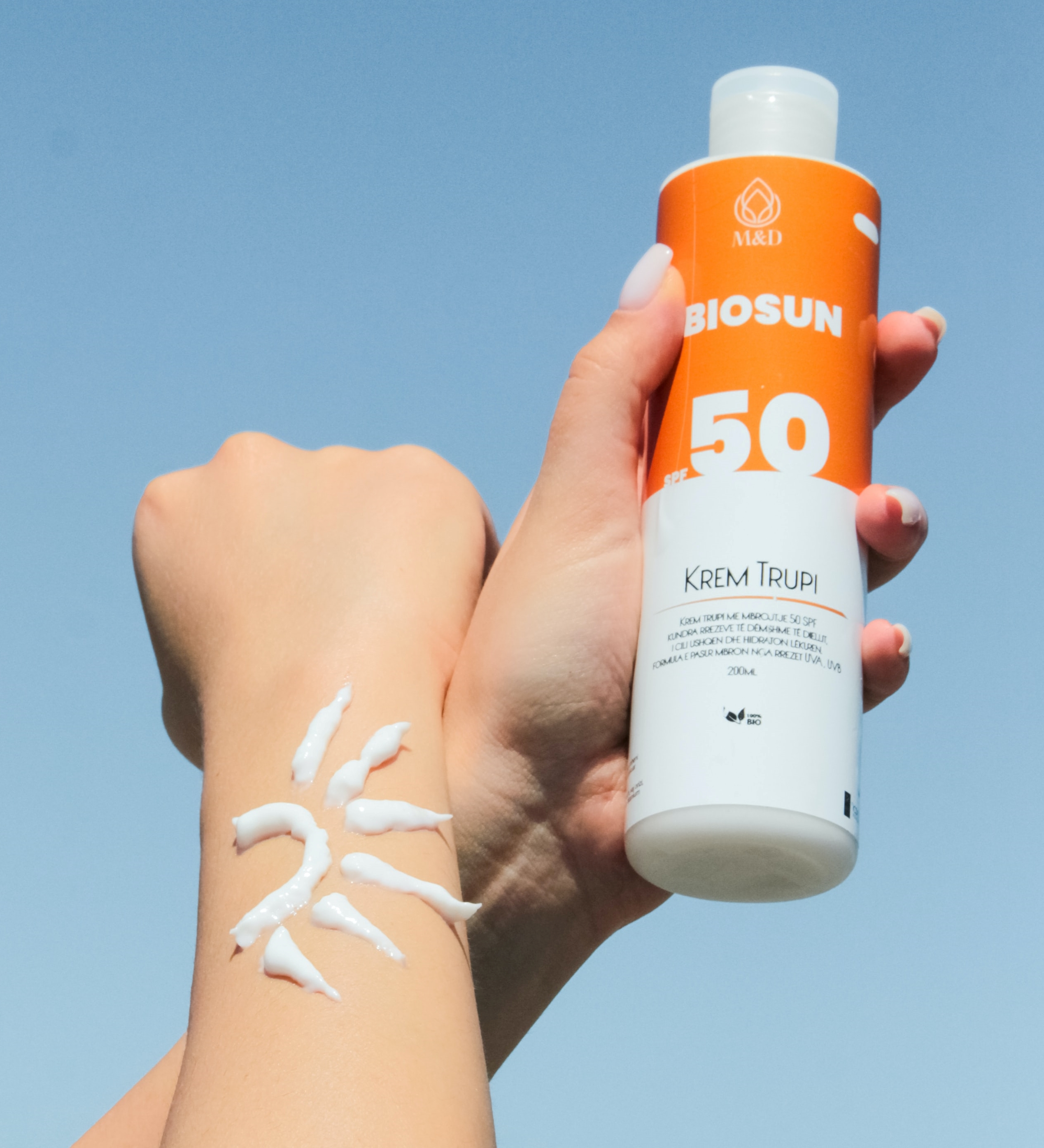
In addition to May being Water Safety Month, it is also Skin Cancer Awareness Month, so let’s kill two birds with one stone here and pledge to wear sunscreen every time we go out to swim. That means all of us, even those of us with darker complexions will still get sun damage from prolonged exposure! Your skin will thank you and you will look younger for longer so win-win all around! Here are some other tips to avoid UV damage
- Avoid the sun between 10 a.m. and 4 p.m.
- Don’t tan: tanning beds can be even more harmful to skin than the sun
- Cover up with UPF-rated clothing, a broad-brimmed hat and UV-blocking sunglasses while chilling on the pool deck
- Wear sunscreen: Use a broad spectrum (UVA/UVB), waterproof sunscreen 30 minutes before going outside and cover all exposed areas.
- Reapply sunscreen regularly
- Get regular skin checks
8. Commit to Safety

Pool safety isn’t something we do once to get it over with and then move on. Pool safety is an active, ongoing commitment to ensure we are engaging with the activities we love in a responsible and safe manner for our loved ones. Take the time to set up your own safety routines that you will stick to, and ensure safe swimming at your pool for years to come.


